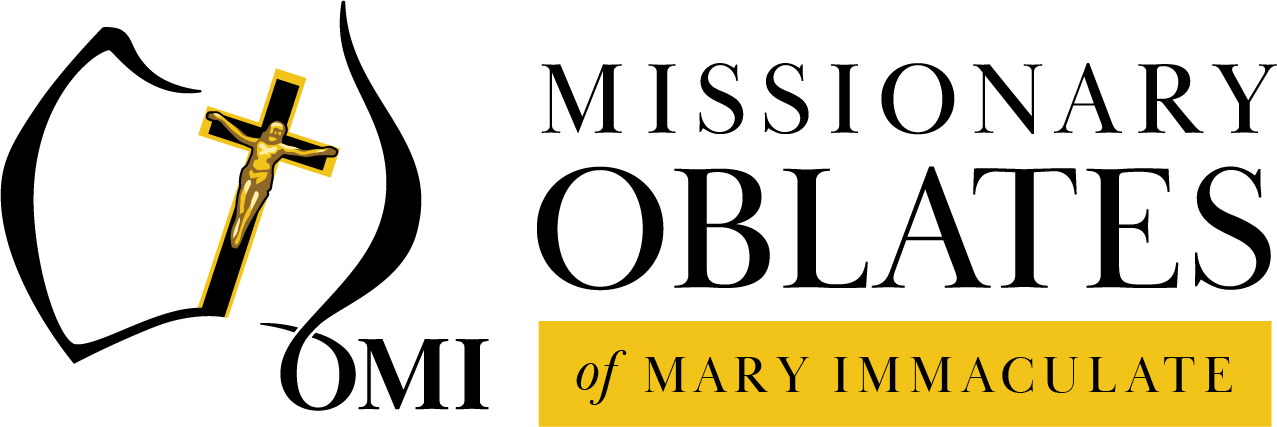HISTORY OF THE WORLD MISSION
When Eugene De Mazenod was named Bishop of Marseilles in 1837, he was destined to minister to the broader church. This allowed his enormous missionary zeal to affect the whole French Church, and indeed the whole world.
The passage of many Bishops from the new world, through the port city of Marseilles, saw Bishop de Mazenod hearing and responding to many requests for missionaries.
Prior to 1841, the Oblates were already preaching missions and restoring Marian shrines all over France and into Switzerland. But the focus of their mission changed when in 1841, Bishop Bourget of Montreal sought assistance for his diocese from Bishop de Mazenod. Eugene almost halved his relatively small congregation to send several men to serve the spiritual needs of those living in eastern Canada. The Canadian mission proved to be very successful and soon the Oblates were administering many of the large city parishes as well as preaching missions in the north and west of the country, to Europeans and First nations peoples as well.
The demand for foreign missionaries continued to grow and by 1847, Oblates were working in Ceylon (now Sri Lanka); preaching, working with youth, and encouraging local vocations. At the same time, the Oblates from Canada began missions in Oregon, the north-west part of the Unite States. In 1849, missionaries from France were sent to southern Texas to work among the ranchos along the Rio Grande river. This proved a very harsh mission with many dying of illness, but they persevered and many missions were established there, which today have flourished into huge towns. These men became known as the 'Cavalry of Christ'.
In 1852, only 15 years after the first Catholic bishop was allowed into South Africa, the Oblates sent three men to begin a mission in Natal. Jean-Francois Allard was ordained Bishop of Natal and the Oblates began their work amongst the people of the Eastern Cape of South Africa. This eventually led them inland to the Basotho people, who became the largest Catholic presence in Southern Africa.
By 1861, the year of Bishop de Mazenod's death, Oblates were also working in Algeria, Ireland, England, Corsica, Mexico and Scotland. During the next 60 years, their ministry continued to spread in Europe, Asia and Africa.
The first request for a mission in Australia came from the Bishop of Perth in 1845, but the Founder was then not able to respond. The beginning of that chapter of the Oblate story was to wait 50 more years, when in 1894 the first Oblate missionaries came to Fremantle, WA.
In 1929, the Missionary Oblates began their ministry in South America in Uruguay. They opened mission in the Congo, Laos and Argentina. In 1939, the Oblates began to work in the Philippines, where they opened the Notre Dame schools and helped build community churches, especially in the southern island of Mindanao. Over the next 30 years, the Oblates opened mission in more than a dozen additional countries, including Haiti, Brazil, Cameroon, Japan, Chad and Peru.
In the 1960s, the Missionary Oblates were asked to send priests to serve the needs of the Catholic minority in Denmark and Greenland. Soon, Oblates could also be found in parishes across Sweden and Norway.
The Oblate ministry has continued to grow, especially in the Far East. Currently, Oblates are serving in Hong Kong, India, Thailand, Laos, Vietnam, Bangladesh, Pakistan and Indonesia. More recently, with the fall of communism, former Soviet countries, such as Belarus, Ukraine and Turkmenistan have attracted new Oblate missions.
Missions all over Africa are booming, with large presences in Senegal, Cameroon, Congo, Zambia, Namibia, Kenya and even among the bedouin of the Western Sahara.
Throughout their history, the Missionary Oblates of Mary Immaculate followed St Eugene de Mazenod's vision, taking on many varied challenging ministries. Called the "specialists in difficult missions" by Pope Pius XI in 1938, the Oblates continue to dedicate their lives to serving the poor in many countries of the world.
Today the Oblates number some 3,667 men in 67 countries across the globe.

